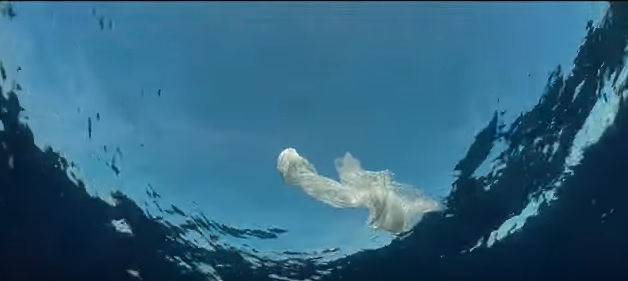The highest levels of microplastics are seen at more than 650 feet below the surface. Anela Choy, who studies the things that deep-sea creatures eat, has resulted to often studying plastics; Over the years, plastic would show up again and again in the stomachs of certain fish. She, then, realised that the plastic must be going down to them.
According to Sarah Zhang, staff writer at The Atlantic, microplastics, tiny pieces less than five millimeters in size—have largely been studied as a problem of the ocean surface. Plastic tends to be buoyant, the thinking goes, and the ocean surface is frankly easier to study.
However, Choy decided to get an insight into the ocean and plastics; Thus, in 2017, she and a team sent a specially designed remote-operated vehicle (ROV) down 3,200 feet in California’s Monterey Bay, systematically sampling up and down the water column.
The results showed that far more microplastics are hidden deep in the ocean than on the surface.
The ROV found the highest concentrations of microplastics in water 200 to 600 meters, or 650 to 2,000 feet, below the surface. Those levels were comparable to the concentration closer to the surface of the infamous Great Pacific Garbage Patch, where ocean currents trap microplastics.
Tamara Galloway, an ecotoxicologist at the University of Exeter who was not involved with the study commented that scientists knew a long time that if they just sample from the ocean surface, it doesn’t add up, meaning that plastic must be going somewhere else. The outcome was that the plastic was going down.
Moreover, Choy and her team still try to understand why the plastic seems to be hanging out in the 200-to-600-meter zone. On the one hand, there’s the physical explanation, as the density of the plastic and the movement of the water; On the other hand, there’s the biological explanation, as the way plastic movers through the food web.
The research team used the ROV as deep as they could to sample plastic. The ROV managed to sample plastic from 3,200 feet. Earlier this year, another group found plastic fibers in the guts of animals that live in the 36,000-foot-deep Mariana Trench, the lowest point on Earth.
Obviously, when animals eat microplastics they are not eating proper food, resulting to plastic blocking their guts.
Additionally, the researchers then identified the majority of plastic found as polyethylene terephthalate, the type that goes into single-use plastics such as food packaging.
Concluding, Galloway added
The best approach is to stop chucking so much in the ocean in the first place. That’s always going to be the best approach.




























































